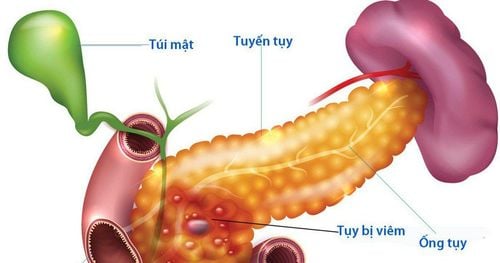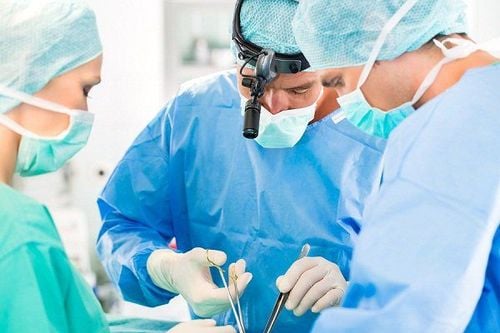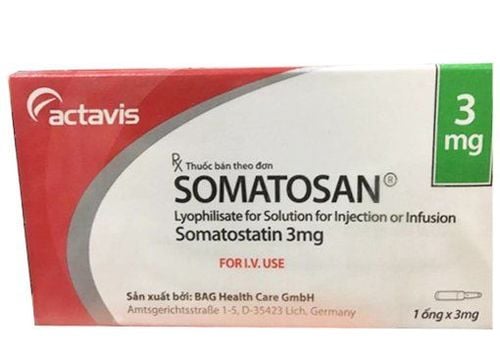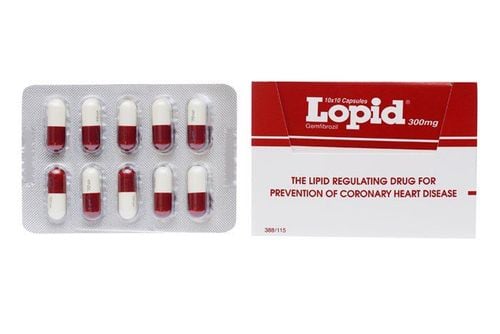This is an automatically translated article.
The article is professionally consulted by MSc CCII Phan Thi Minh Huong - Gastroenterologist, Vinmec Danang International General Hospital.Endoscopic retrograde cholangiopancreatography is an endoscopic technique of duodenum under X-ray light to diagnose and treat some diseases of the biliary tract and pancreas. Today, endoscopic retrograde cholangiopancreatography is mainly indicated for the treatment of disease. So in what cases is endoscopic retrograde cholangiopancreatography indicated?
1. What is endoscopic retrograde cholangiopancreatography?
Endoscopic retrograde cholangiopancreatitis (ERCP) can be used to diagnose and treat various diseases such as gallstones, acute pancreatitis, chronic pancreatitis. The technique is performed by inserting a catheter into the biliary or pancreatic duct through a duodenoscope, through which contrast is injected into the biliary or pancreatic duct for the purpose of diagnosing and treating pathology of the biliary tract and pancreas. .
The endoscope is an optical tube about the size of your little finger and can be bent easily. The endoscope is inserted through the mouth into the esophagus, down to the stomach and duodenum. The endoscope contains optical fibers that conduct light so the doctor can see inside the upper structures (gastrointestinal tract).
If abnormalities are found, the doctor can perform techniques to intervene to treat or improve the condition. For example, if a stone is found, the doctor may dilate or widen the duodenal papilla to remove the stone from the bile duct with a wire. Sphincter papillae are often cut with a cauterizer (with electric current) during the procedure (sphincterotomy), allowing for better drainage of the bile ducts. If there is a narrowing of the bile duct, the doctor will place a short plastic or metal tube called a stent into the narrowing to drain the bile.
Endoscopic retrograde cholangiopancreatography is performed by a gastroenterologist or surgeon who has specialized training in this technique. The scope is a long, flexible tube with a light and camera on the end. Because the procedure involves sedation or general anesthesia, the patient will be consulted by an anesthesiologist prior to the procedure.
2. Indications for endoscopic retrograde cholangiopancreatography?
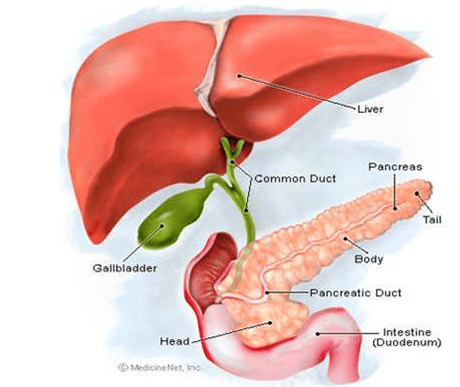
Nội soi mật tụy ngược dòng dùng chẩn đoán nhiều bệnh lý đường mật
2.1 Diagnosis Endoscopic retrograde cholangiopancreatography is used to diagnose biliary tract diseases such as:
Extrahepatic obstructive jaundice of unknown etiology; Dilatation of the biliary tract; Gallstones with dilated common bile ducts; Cholangiocarcinoma; Oddi motor dysfunction; Pancreatic duct dilation. 2.2 Treatment Cases of endoscopic retrograde cholangiopancreatography used for therapeutic purposes include:
Removal of common bile duct stones; Remove pancreatic stones; Oddi muscle amputation; Nasal bile drainage; Biliary stent placement in cases of hilar cholangiocarcinoma, extrahepatic cholangiocarcinoma when surgery is no longer possible, benign biliary stricture, large bile duct stones that cannot be removed immediately, stones common bile duct, but patients in severe condition do not allow stone removal, biliary tract infections need to be drained; Placement of a pancreatic stent.
3. In which case is endoscopic retrograde cholangiopancreatography contraindicated?

Chống chỉ định nội soi mật tụy ngược dòng đối với những người bị bệnh lý tim phổi nặng
Severe cardiopulmonary disease; Allergy to contrast agent; Severe blood clotting disorders; Thrombocytopenia; Are taking antiplatelet drugs. Endoscopic retrograde cholangiopancreatography (ERCP) is being applied by Vinmec Da Nang International General Hospital in the diagnosis and treatment of common bile duct stones, hepatic duct stones, ampulla of Vater, pancreatic head tumor, and stenting. biliary tract, nasal bile duct,...
ERCP procedure at Vinmec Da Nang uses a modern flexible endoscope system, Endocut electric knife has the advantage of not causing pancreatitis, pancreatic reaction. The team of doctors is well-trained and has many years of experience, including Master, Doctor Nguyen Ngoc Thang and Master, Doctor Duong Xuan Loc. Vinmec always strictly adheres to the principles of sterilization and disinfection to prevent the spread of pathogens through endoscopes to patients and medical staff.
For detailed advice on endoscopic retrograde cholangiopancreatography at Vinmec Da Nang, please contact HOTLINE 0236 3711 111 or register online HERE.





